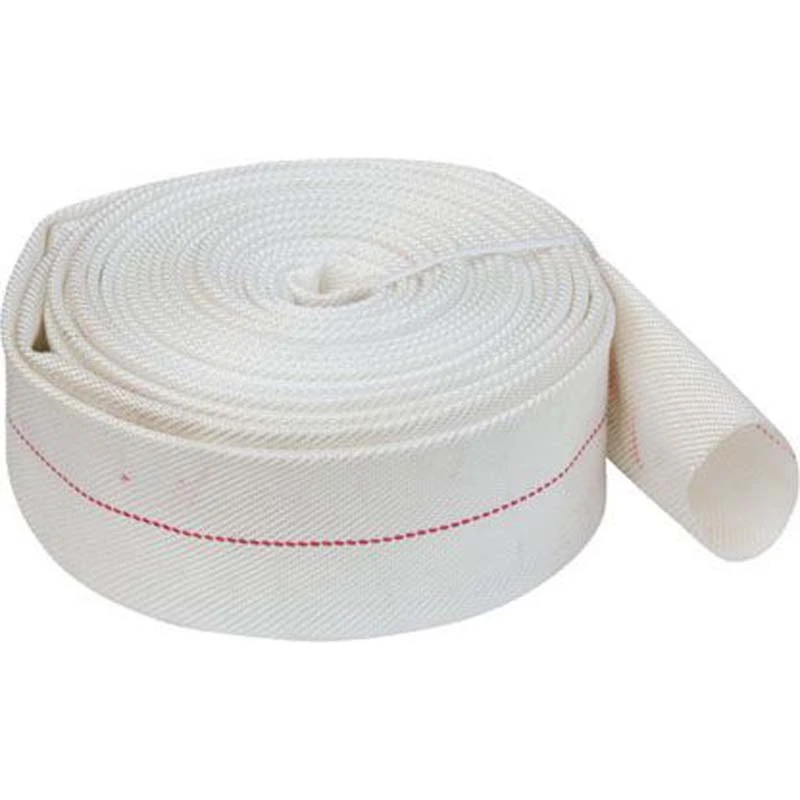Comparison of Braided Hoses and Standard Hoses for Various Applications
Braided Hose vs. Standard Hose Understanding the Differences
When it comes to hoses, most of us may not give much thought beyond their primary function transporting fluids. However, the type of hose you choose can significantly impact performance, durability, and safety. Two common types of hoses are braided hoses and standard hoses. In this article, we will explore the differences between them, their applications, advantages, and disadvantages to help you make an informed decision.
Composition and Design
Braided Hose
Braided hoses are typically made from flexible rubber or thermoplastic materials, reinforced with a braid of stainless steel or textile fibers. This unique construction provides added strength and flexibility, allowing braided hoses to withstand higher pressure and temperature compared to standard hoses. The external layer offers additional protection against abrasion and environmental hazards, making braided hoses highly suitable for demanding applications.
Standard Hose
Standard hoses, on the other hand, are generally made of rubber, plastic, or vinyl and lack the internal reinforcement that braided hoses have. They are usually lighter and more flexible, making them easier to handle in some scenarios. However, this flexibility comes at a cost—standard hoses are more vulnerable to damage from external factors and tend to have lower pressure ratings.
Applications
The choice between braided and standard hoses comes down to the specific application.
Braided Hose Applications
Braided hoses are commonly used in industries that require high-pressure and high-temperature operations, such as automotive, hydraulic, and aerospace sectors. For instance, in automotive applications, braided hoses are often utilized for brake lines and fuel lines due to their ability to handle extreme pressures and resist kinking or bursting. Similarly, in industrial settings, they are used in hydraulic systems, high-pressure cleaning, and fluid transfer applications.
Standard Hose Applications
braided hose vs standard hose

Standard hoses are more commonly used in everyday applications, such as garden hoses, pool maintenance, and low-pressure water delivery systems. Their design is suited for tasks that do not require high resistance to pressure or temperature changes. For instance, standard hoses are perfect for watering gardens or washing cars, where the demands are minimal and the need for durability is not as critical.
Advantages and Disadvantages
Advantages of Braided Hoses
1. High Pressure and Temperature Resistance Braided hoses can handle much higher pressure and temperature than standard hoses, making them ideal for industrial applications. 2. Durability The braided construction offers superior abrasion resistance and protects against environmental wear and tear. 3. Flexibility Despite their strength, braided hoses offer good flexibility, allowing for easy maneuverability in tight spaces.
Disadvantages of Braided Hoses
1. Cost Braided hoses are generally more expensive due to the materials and manufacturing processes involved. 2. Weight They can be heavier, which may be a consideration in certain applications where weight is crucial.
Advantages of Standard Hoses
1. Lightweight and Flexible Standard hoses are easier to handle and maneuver, making them suitable for light-duty applications. 2. Cost-Effective They are typically less expensive, making them an economical choice for general use. 3. Ease of Storage Their lighter weight and pliability allow for easy storage and transport.
Disadvantages of Standard Hoses
1. Lower Pressure Ratings Standard hoses are not designed for high-pressure applications and can burst if exposed to excessive pressure. 2. Reduced Durability With less reinforcement, standard hoses are more susceptible to abrasion, UV damage, and kinking.
Conclusion
In summary, the choice between braided hoses and standard hoses depends largely on the intended application. Braided hoses offer superior strength, durability, and resistance to high pressure, making them suitable for industrial and automotive purposes. Standard hoses, while more lightweight and cost-effective, are best suited for everyday tasks where high performance is not required. By understanding your specific needs and the advantages and disadvantages of each type, you can choose the right hose for your application. Whether it’s for a simple home gardening task or a complex industrial system, the right hose can make all the difference.
-
Unrivaled Performance and Applications of PU Pneumatic Hoses and TubesNewsJun.11,2025
-
The Transparent World of Industrial Tubing and Hosing SolutionsNewsJun.11,2025
-
The Intricate World of Pneumatic Conduits: Tubes and HosesNewsJun.11,2025
-
The Dynamic Landscape of Pneumatic Conduits: Unraveling Key ComponentsNewsJun.11,2025
-
The Diverse Applications and Significance of Transparent PVC TubingNewsJun.11,2025
-
High - Pressure Pneumatic Tubing and Systems: An In - Depth LookNewsJun.11,2025














